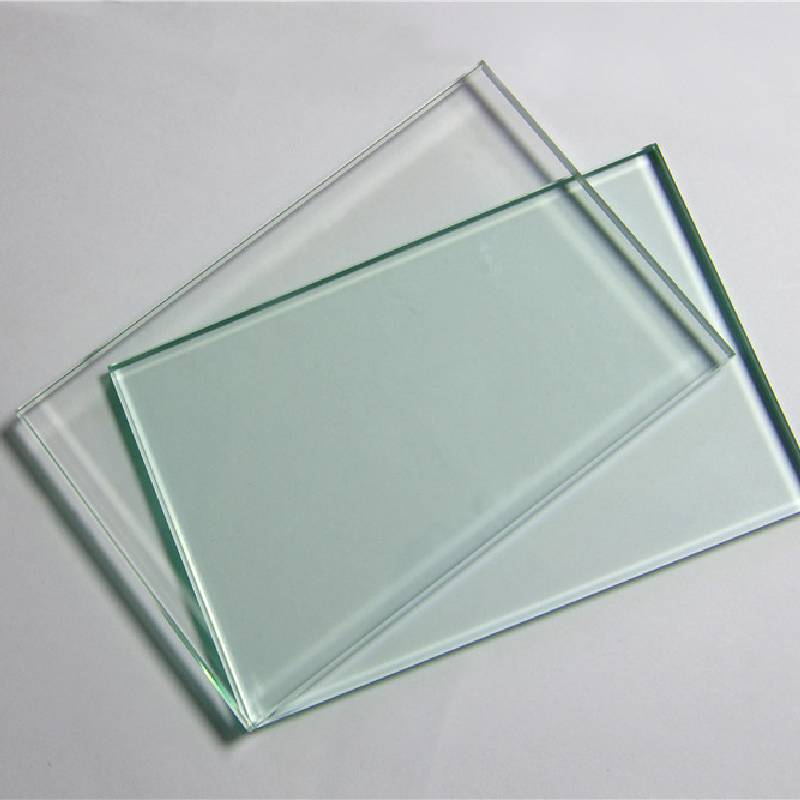

Understanding Pyrolytic Low Emissivity Glass A Sustainable Solution for Modern Architecture
In recent years, building materials have undergone significant advancements, particularly in glass technology. One of the most promising developments in this area is pyrolytic low emissivity (Low-E) glass. This type of glass has garnered attention for its energy efficiency, functionality, and contribution to sustainable architecture. In this article, we will explore what pyrolytic Low-E glass is, its benefits, applications, and its role in promoting energy-efficient buildings.
What is Pyrolytic Low Emissivity Glass?
Pyrolytic Low-E glass is produced through a unique manufacturing process called pyrolysis, where a thin metallic coating is applied to the glass surface at high temperatures. This process enables the formation of a durable and highly effective Low-E coating. The metallic layer typically consists of elements like silver, which reflects infrared radiation while allowing visible light to pass through. As a result, the glass has low emissivity, which means it reflects heat rather than absorbing it.
Benefits of Pyrolytic Low-E Glass
1. Energy Efficiency One of the standout features of pyrolytic Low-E glass is its ability to improve energy efficiency in buildings. By reflecting radiant heat during cold seasons and keeping interiors cool during hot months, it significantly reduces the need for heating and cooling systems. This not only translates to lower energy bills but also contributes to reduced carbon emissions.
2. Comfortable Indoor Environment The low emissivity of this glass helps maintain a more stable indoor temperature. By minimizing heat loss in winter and blocking excessive heat gain in summer, occupants experience greater comfort throughout the year. Additionally, the enhanced insulation properties can reduce the occurrence of cold drafts and hot spots inside buildings.
3. UV Radiation Protection Pyrolytic Low-E glass is designed to block a significant portion of ultraviolet (UV) radiation. This feature is particularly beneficial for interior furnishings and artworks, protecting them from fading and deterioration caused by prolonged exposure to sunlight. Consequently, this prolongs the lifespan of valuable possessions and reduces the need for replacements.
4. Durability and Longevity Pyrolytic coatings are exceptionally robust. Unlike some other types of Low-E glass, which may be applied after the glass is manufactured, the pyrolytic process integrates the coating into the glass itself. This results in higher durability and resistance to damage, making it suitable for a variety of environments, including commercial and residential buildings.

Applications of Pyrolytic Low-E Glass
Pyrolytic Low-E glass is versatile and can be utilized in numerous applications
1. Windows and Facades Glass facades have become a hallmark of modern architecture, and pyrolytic Low-E glass enhances their functionality and aesthetic appeal. By using this glass in windows, architects can create stunning designs that also contribute to energy efficiency.
2. Skylights In commercial and residential buildings, skylights made of pyrolytic Low-E glass can provide natural light while minimizing heat gain. This allows for bright, inviting spaces that reduce reliance on artificial lighting.
3. Curtain Walls Large curtain walls benefit from the properties of pyrolytic Low-E glass by improving thermal performance without compromising transparency. This is particularly advantageous in high-rise buildings where energy efficiency is a primary concern.
4. Glass Doors Entryways and sliding doors made of this technology not only enhance aesthetic appeal but also help maintain interior temperatures, thereby improving energy conservation.
Conclusion
As the world continues to grapple with energy consumption and environmental concerns, innovations like pyrolytic Low-E glass represent a powerful step toward sustainable architecture. Its ability to reduce energy costs, enhance indoor comfort, and protect against UV radiation makes it an increasingly popular choice among architects and builders. As we move toward a more sustainable future, adopting energy-efficient materials like pyrolytic Low-E glass will be paramount in building designs that meet the demands of both functionality and environmental responsibility. This technology is not just an enhancement of aesthetics; it is a critical component in the pursuit of a greener, more sustainable world.